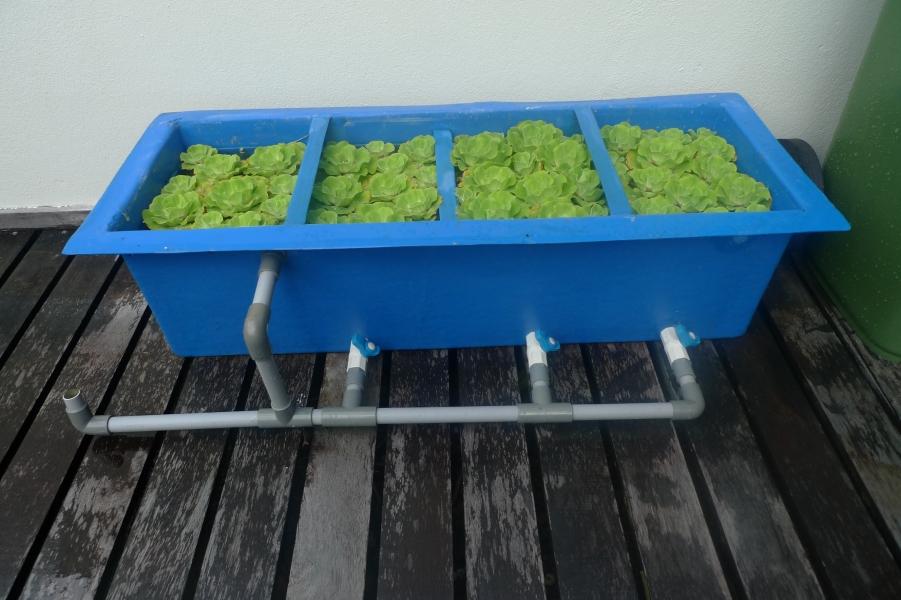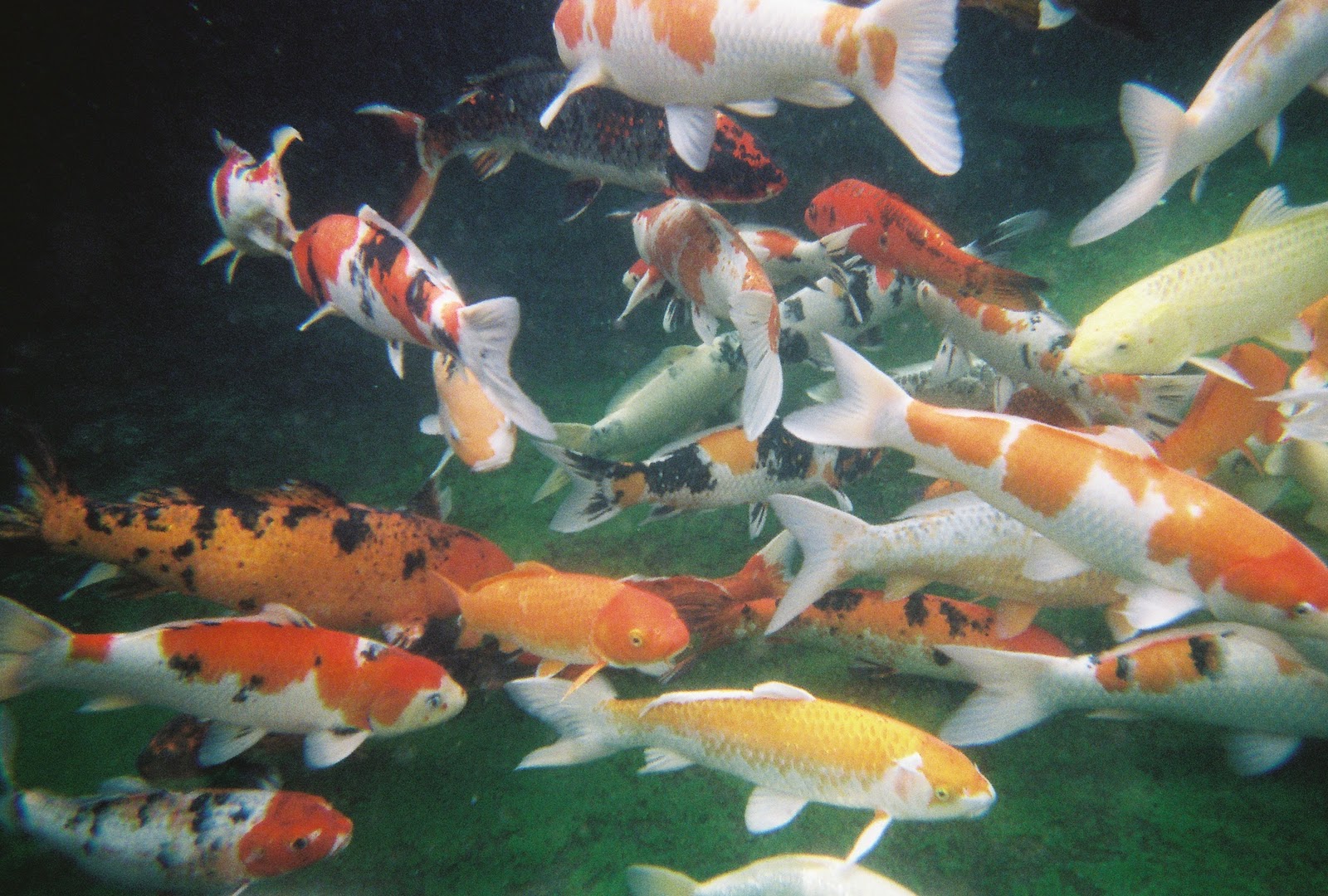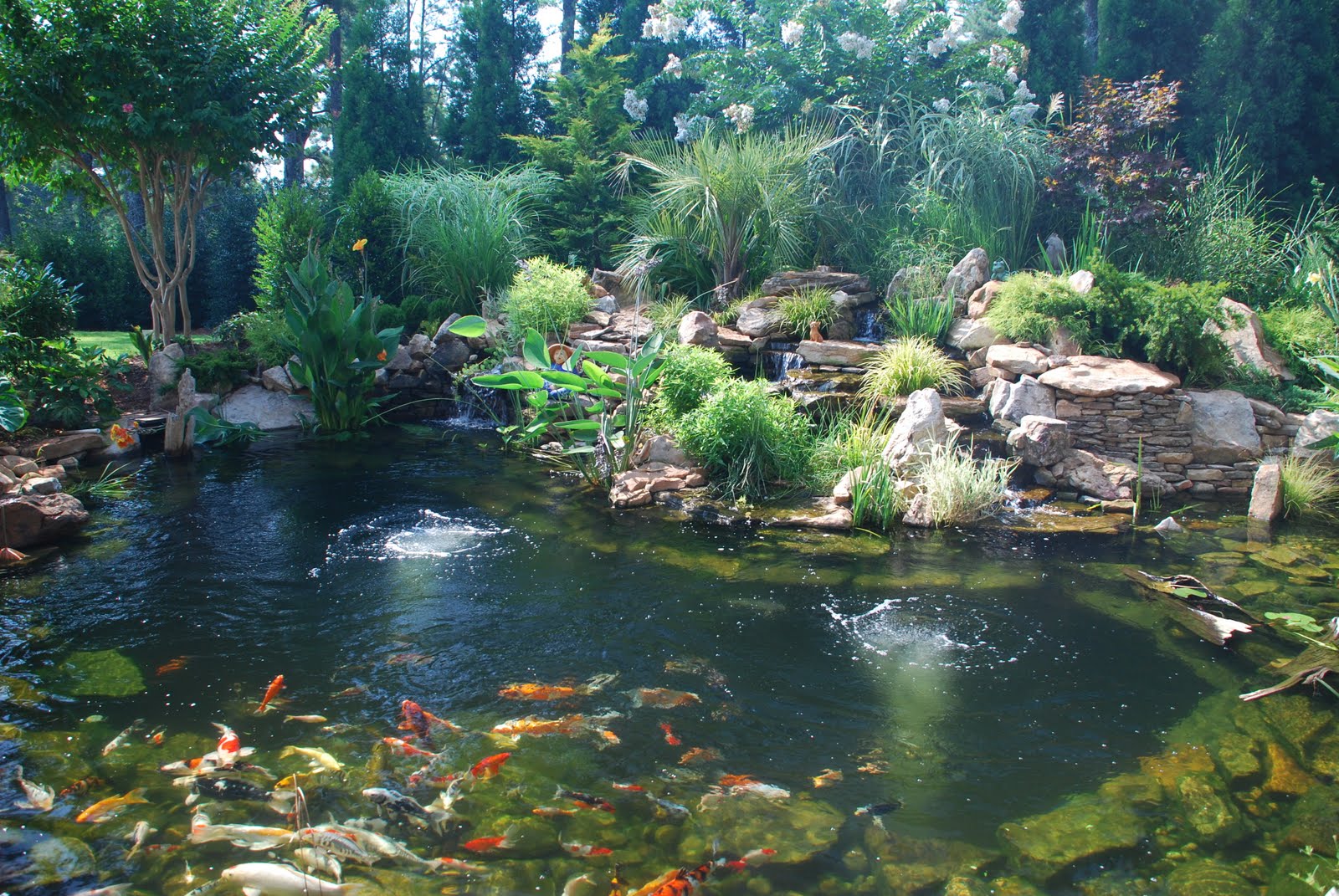The Ultimate Guide: How to Keep a Healthy Koi Pond
Introduction
Koi ponds are not only beautiful, but they can also provide hours of relaxation and entertainment. However, keeping a healthy koi pond requires more than just adding water and fish. In this ultimate guide, we will provide you with everything you need to know to keep your koi pond healthy and thriving.
1. Choose the Right Location
Choosing the right location for your koi pond is crucial. You want to avoid placing it near trees that can drop leaves and debris into the pond, as well as avoid placing it in direct sunlight which can cause algae growth. It is also recommended that you place the pond in an area with good drainage to prevent water runoff.

2. Design the Pond with the Right Depth
The depth of the pond is important for the health and safety of your koi. The pond should be at least three feet deep to allow for proper filtration and to prevent predators from reaching the fish. In addition, it is recommended that you have a shallow area of the pond for the koi to rest and bask in the sun.

3. Install a Quality Filtration System
A quality filtration system is essential for maintaining a healthy koi pond. The filtration system should include mechanical, biological, and chemical filtration to remove debris, waste, and harmful toxins from the water. It is also recommended that you install a UV clarifier to control algae growth.

4. Maintain Clean Water
Clean water is essential for the health of your koi. You should regularly test the water and maintain appropriate levels of pH, ammonia, nitrate, and nitrite. You should also perform regular water changes and remove any debris from the surface of the pond. It is recommended that you use a pond vacuum to remove debris from the bottom of the pond.

5. Feed Your Koi a Balanced Diet
Feeding your koi a balanced diet is crucial for their health and vitality. You should feed them a high-quality koi food that contains all the necessary nutrients they need. It is recommended that you feed them small amounts of food two to four times a day to prevent overfeeding and health issues.

6. Protect Your Koi from Predators
Protecting your koi from predators is crucial for their survival. You should install a predator-proof fence or netting around the pond to prevent animals such as raccoons, birds, and cats from reaching the fish. It is also recommended that you provide hiding places for the fish, such as caves or plants, to avoid being seen by predators.
7. Monitor the Health of Your Koi
Monitoring the health of your koi is important to catch any issues early on. You should regularly inspect the fish for any signs of illness or injury, such as discoloration, lesions, or abnormal behavior. If you notice any issues, you should consult with a veterinarian or aquatic specialist for proper treatment.

Conclusion
Maintaining a healthy koi pond requires time, effort, and patience. However, the rewards of a beautiful and thriving pond are worth it. By following these seven steps, you can ensure that your koi pond remains healthy and provides years of enjoyment for you and your family.